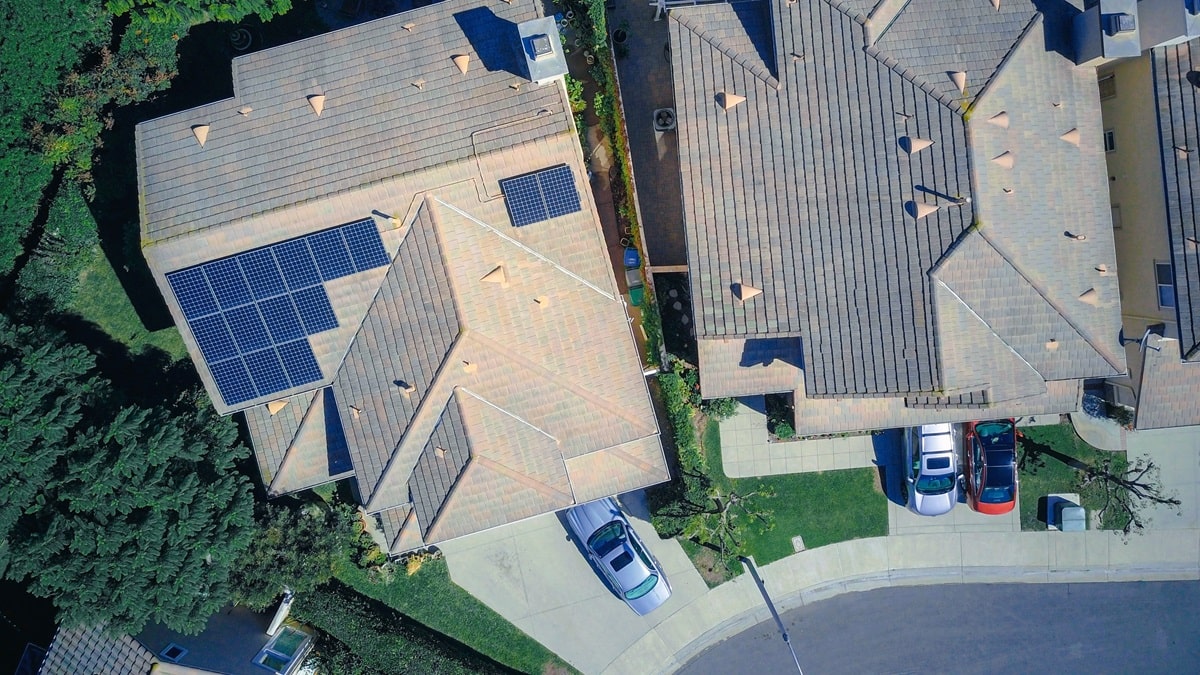If you’re considering investing in solar panels, one question that often comes to mind is, “How many solar panels do I need?” Determining the right number of solar panels for your specific needs is essential for maximizing their efficiency and reaping the benefits of solar energy.
In this article, we will break down the factors to consider when calculating the number of solar panels required for your home or business.

The factors to consider.
Several factors come into play when determining the number of solar panels needed for your property. These factors include:
- Energy consumption: Determining your energy consumption is the first step in calculating the number of solar panels required. Review your electricity bills to get an idea of your average energy usage in kilowatt-hours (kWh) per month.
- Solar panel efficiency: The efficiency of solar panels varies based on the brand and model you choose. Higher-efficiency panels generate more electricity per square meter, potentially reducing the number of panels needed.
- Available roof space: The amount of available roof space will affect the number of solar panels you can install. A larger roof area provides the opportunity to accommodate more solar panels, while smaller roofs may require a more strategic placement to achieve optimal results.
- Climate and sunlight: The amount of sunlight your property receives throughout the day is a crucial factor in determining solar panel efficiency. Areas with more sunlight will generate more energy, potentially allowing for fewer panels.
Calculating the number of solar panels.
To calculate the number of solar panels needed, follow these steps:
- Determine your energy consumption: Calculate your average monthly energy consumption in kilowatt-hours (kWh). This information is usually available on your electricity bill.
- Account for sun hours: Research the average number of sun hours in your location. Sun hours refer to the number of hours per day when sunlight can generate usable energy. Websites and resources are available to provide this information based on your geographical location.
- Calculate daily energy production: Multiply your average monthly energy consumption by 12 to get your annual energy consumption in kilowatt-hours (kWh). Divide this number by 365 to obtain your daily energy consumption.
- Divide by sun hours: Divide your daily energy consumption by the number of sun hours in your location to determine the amount of energy each solar panel needs to generate per hour.
- Panel wattage: Determine the wattage of the solar panels you plan to install. Most common panels available today range from 250 to 400 watts and large ones from 400 to 650 watts.
- Do the math: Divide the energy each solar panel needs to generate per hour (step 4) by the wattage of the solar panels (step 5). This calculation will provide the number of panels needed to meet your daily energy consumption. You can add 10-20% more to it for any additional loads.
Example calculation.
Let’s go through an example to illustrate the calculation:
- Energy consumption: 1000 kWh/month.
- Sun hours: 6 hours per day.
- Daily energy consumption: (1000 kWh * 12) / 365 = 32.87 kWh.
- The energy each solar panel needs to generate per hour: 32.87 kWh / 6 hours = 5.48 kWh.
- Panel wattage: 300 watts = 0.3 kW.
- Number of panels needed: 5.48 kWh / 0.3 kW = 18.26 Panels (round up to 19 panels).
In this example, you would need approximately 19~20 solar panels to meet your daily energy consumption. You can have 10 to 20% more capacity if thinking of any future upgrades.
Conclusion.
Determining the number of solar panels you need is a crucial step in transitioning to solar energy. By considering your energy consumption, solar panel efficiency, available roof space, and sunlight exposure, you can calculate the optimal number of panels for your property.
Remember to consult with a solar panel installation professional to ensure accurate calculations and a seamless installation process. Embrace the power of solar energy and enjoy the environmental and financial benefits that come with it.
Leave a Reply